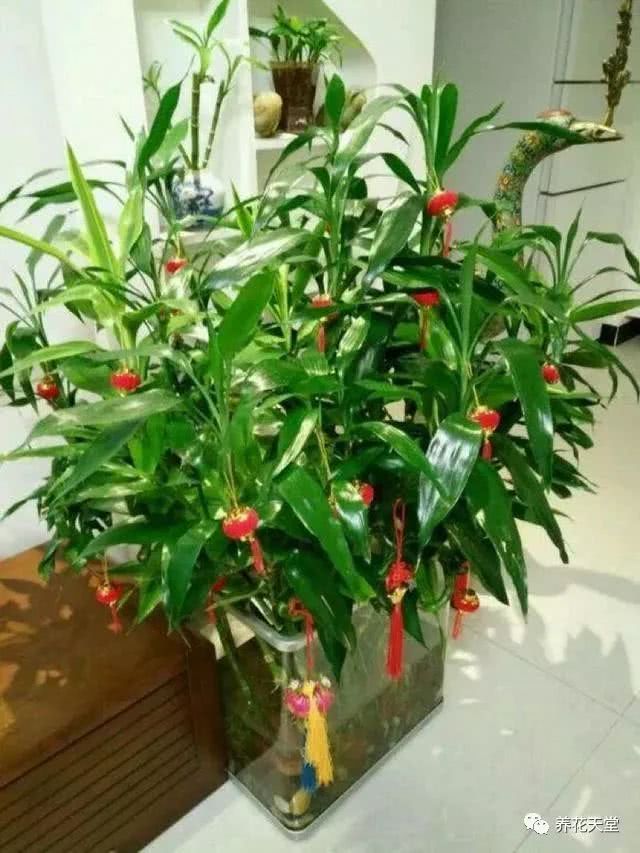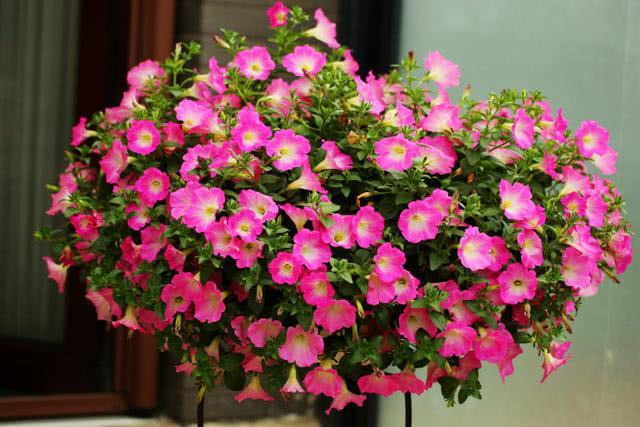Orchids burst basin full of water is the key, these moves are very effective

Many experienced old "orchid" people will casually say, "Orchid is good, ask the water to know!" Indeed, watering is very important for the cultivation and maintenance of orchids, and even impolitely said that if your orchids still fail to burst after a lot of painstaking efforts, then a considerable part of the reason may be due to some mistakes in watering. So what points do we need to pay attention to when watering orchids, and what should we do? That's what we want to share with you today!
If you can't do these two things, raising orchids is a waste of work!
To be honest, most of the little knowledge or tricks you can find on the Internet about orchid watering are correct, but it must be made clear that they are also general! For example, the principle of "seeing dry and wet" is true in nature, but it still needs to be carried out according to the specific situation. Only when the water is watered correctly, the potted orchid is likely to burst. So what are the specific points? In fact, there are only two aspects: roots and leaves, as long as "feed" these two little guys, orchid planting and maintenance will be smooth sailing. Of course, roots and leaves also have corresponding countermeasures, so keep in mind that you can't "end in one pot"!
Take care of the roots and leaves separately, these tricks are the most effective!
For potted orchids, there are two main ways to replenish water at the roots, which are simply "slow injection" and "soaking pot".
Slow injection method is mainly divided into two kinds, "sand and gravel slow injection method" directly to the root and "basin edge slow injection method" with higher effect! The former is evolved from the sand column method used to change the soil consolidation. The straw is inserted into the basin soil roughly to the root of the orchid, and the large particles with good hydrophobicity are injected. When watering, the straw can be watered directly to the root of the plant, so that the water can directly reach the root of the plant. Of course, don't water too much, because there may be rotting roots. The basin edge slow injection method requires us to use a kettle to slowly water along the edge of the flowerpot, which can increase the water content in the soil and last longer. And it is not easy to pour into the heart of the leaves. Of course, the disadvantage is that the speed is slow, and it needs to be operated several times to achieve the effect of watering through.
The soaking basin method is more familiar to everyone! Select a container with a larger diameter and deeper depth than the orchid pot to fill some of the water, and then soak 3/4 of the orchid pot into the container along with the plant, but make sure that the water does not overflow the edge of the basin when soaking. Soak for a few hours and then put it in a cool and ventilated place to dry, repeated several times can be completed, the effect is good!
As for the leaves, we can directly use the sprayer to spray on the orchid leaves, because according to the physiological characteristics of the orchid leaves absorbing atomized water vapor, these fogs can enter the stomata into the orchid body to supplement the water needed for its normal growth. however, it should be noted that it is best not to let the leaf center get water, otherwise if it is not dealt with in time, it is likely to have a rotten heart.
Secondly, for orchid leaves, in addition to the use of spray, it is also very necessary to maintain the humidity of the whole environment, the best numerical humidity is about 75%. This is to simulate the growth environment of orchids under natural conditions, and a reservoir or basin can be set up under the flower rack to increase water volatilization. If you grow orchids on the balcony, you can also put some buckets, pots and other containers on the balcony, or directly wrap the orchid flowerpots with wet sponge sets to moisturize and cool down, killing two birds with one stone!
In fact, watering orchids is very simple, just need to do a good job, as long as we follow today's method and do not relax in other aspects, then we will certainly be able to grow the most beautiful orchids, do not believe it!
- Prev

Rich bamboo rotten roots and yellow leaves waiting to die? Cut one knife in this way, the leaves are greener and the roots are longer.
Rich bamboo, as a kind of hydroponic foliage plant, is prone to root rot in summer, especially many flower lovers who raise rich bamboo plant at home just because of good meaning. In fact, they have no relevant experience and may not have.
- Next

Charcoal is a good thing. Use it to grow flowers and potted plants.
Speaking of charcoal, I believe that everyone will not be unfamiliar, whether it is the beginning of heating, metallurgy or the development of the present barbecue, deodorant are inseparable from it, of course, in addition to these uses charcoal has a lot of functions we are not familiar with, just...
Related
- Wuhan Hospital Iron Tree Blooming Result Was Instantly Frightened by the Gardener Master
- Which variety of camellia is the most fragrant and best? Which one do you like best?
- What is the small blue coat, the breeding methods and matters needing attention of the succulent plant
- Dormancy time and maintenance management of succulent plants during dormancy
- Minas succulent how to raise, Minas succulent plant pictures
- What are the varieties of winter succulent plants
- How to raise succulent plants in twelve rolls? let's take a look at some experience of breeding twelve rolls.
- Attention should be paid to water control for succulent plants during dormant period (winter and summer)
- Watering experience of twelve rolls of succulent plants
- Techniques for fertilizing succulent plants. An article will let you know how to fertilize succulent plants.

